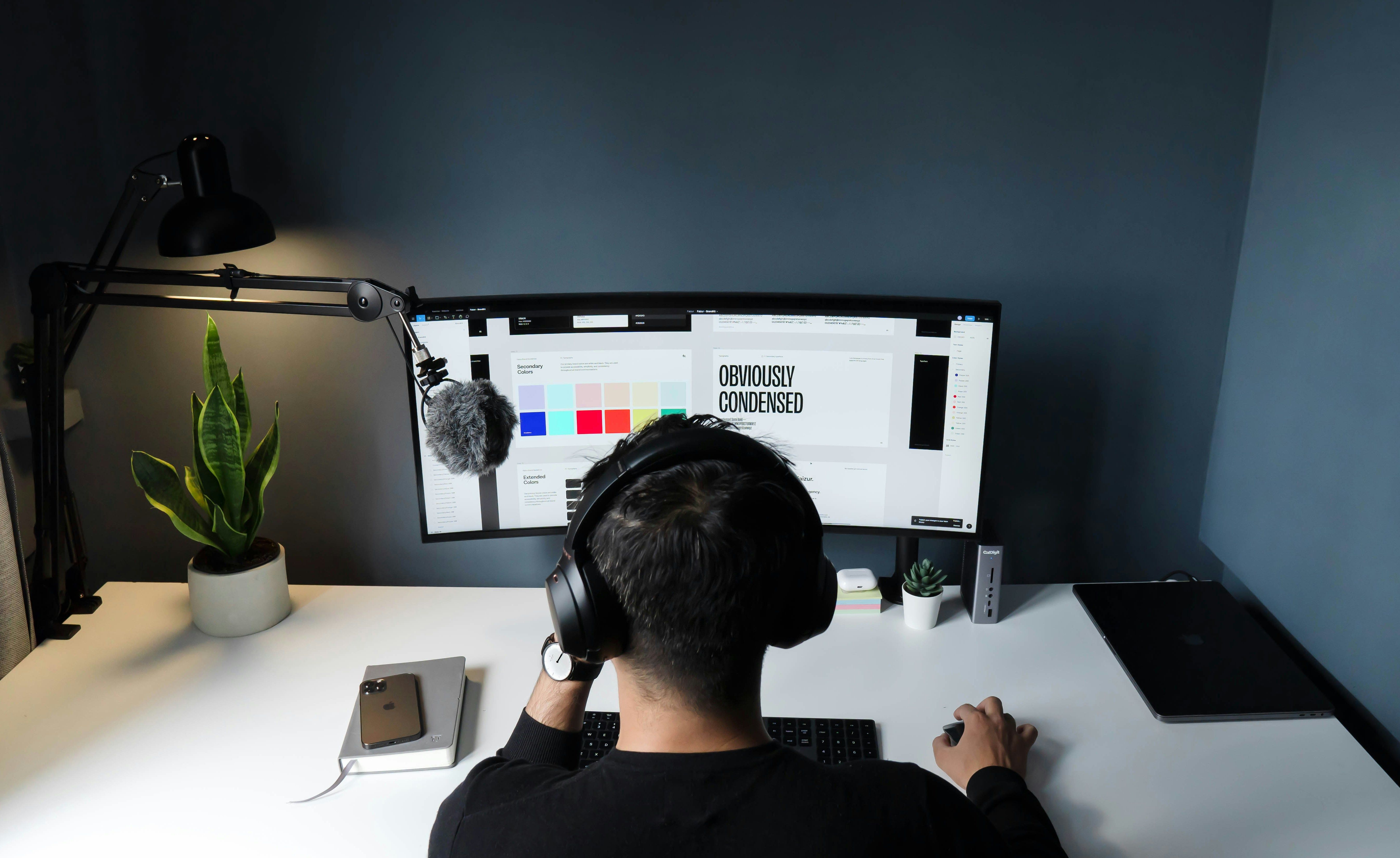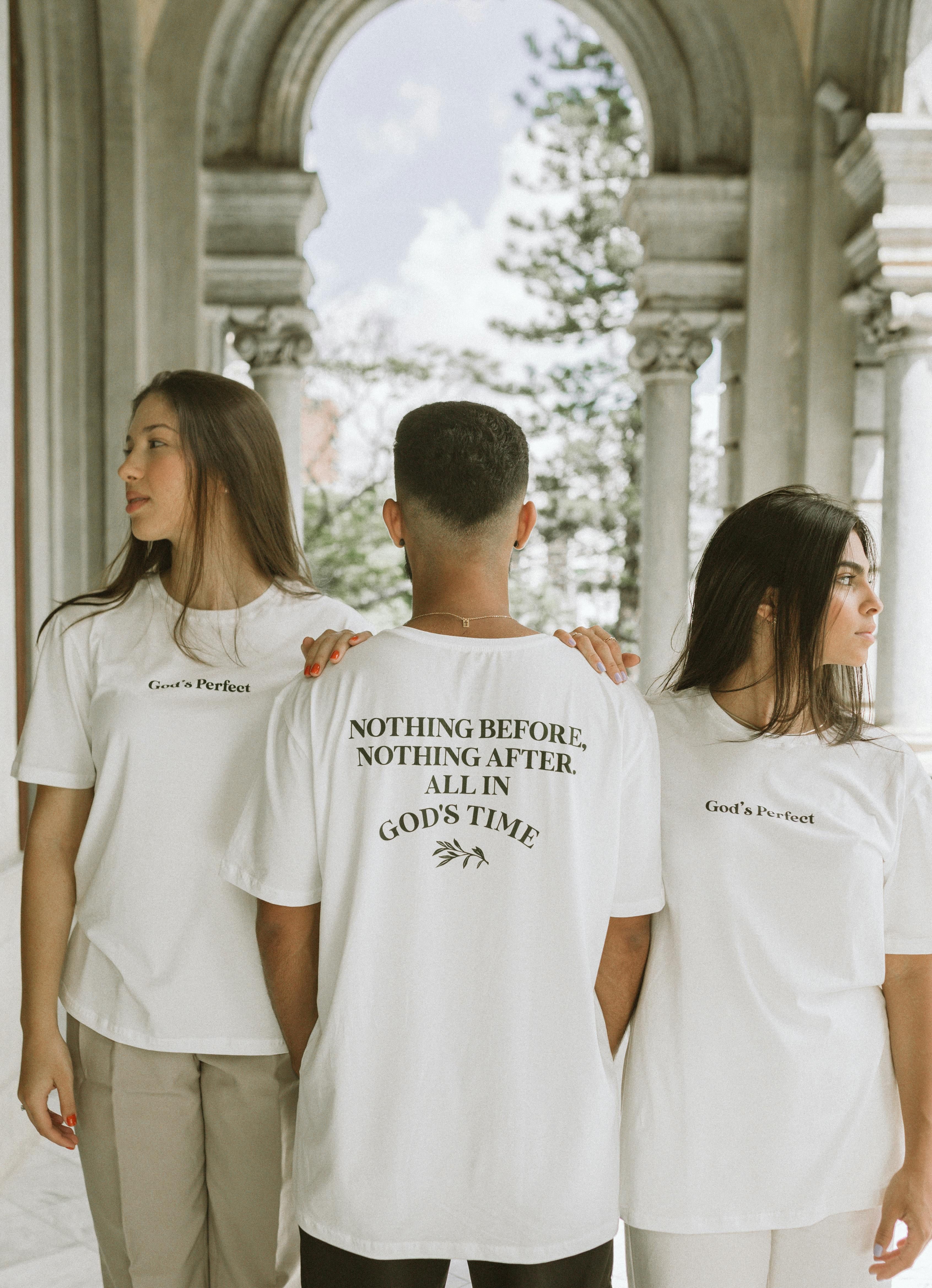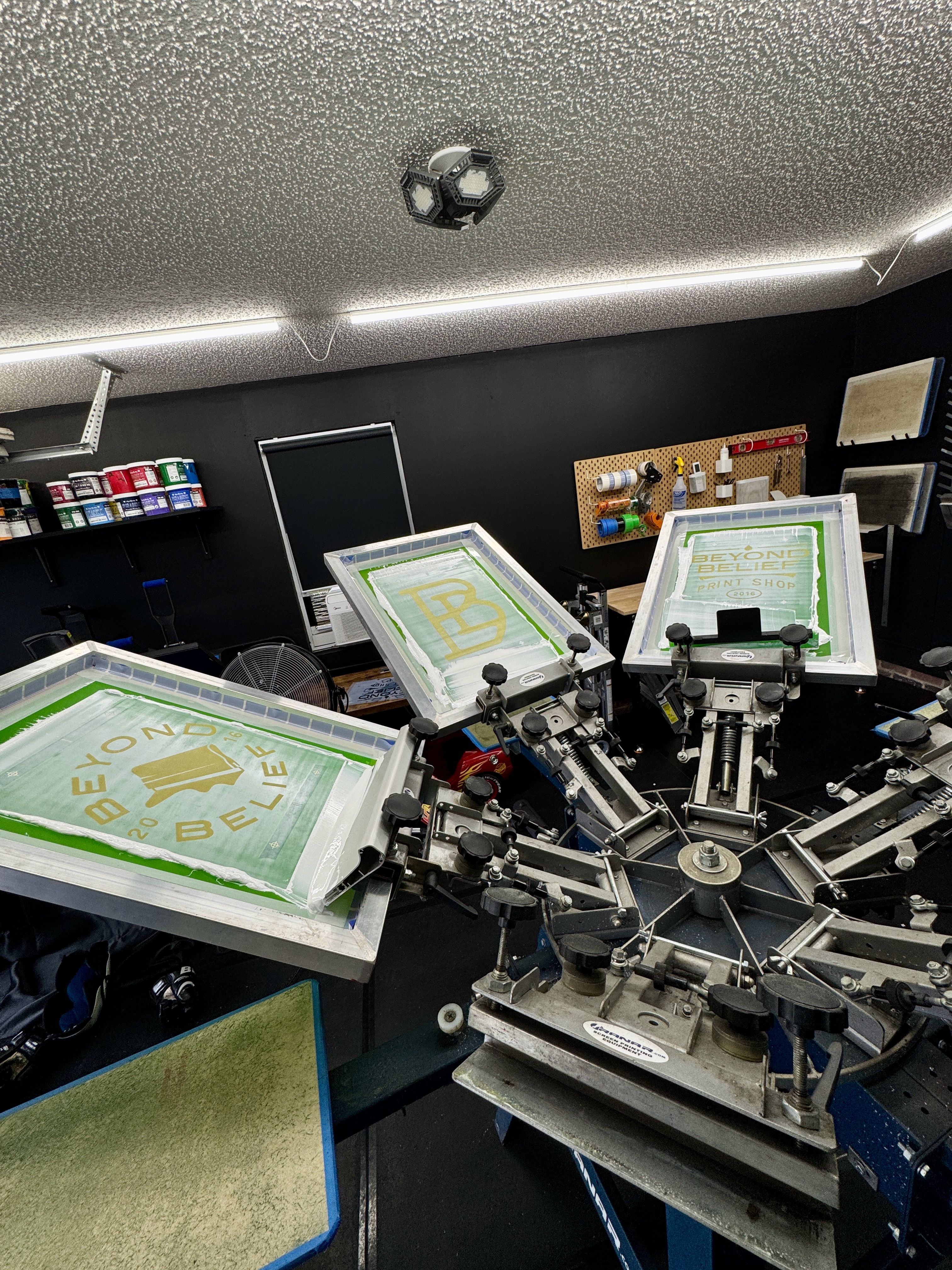Top 5 Mistakes to Avoid When Submitting Artwork for Screen Printing
Bad files = bad prints. Learn the most common artwork mistakes we see and how to prep your design like a pro for the best possible results.

Introduction
Before you hit send on that “final” logo file, take a second to double-check.
Clean artwork leads to clean prints. Messy files can cause delays, added fees, or worse — a blurry, disappointing design.
Let’s walk through the most common mistakes we see and how to avoid them so your screen printed merch turns out exactly how you envisioned.
1. Sending Low-Resolution Files
A JPEG pulled from your Facebook profile won’t cut it.
We need high-resolution artwork, ideally at 300 DPI, or even better, a vector file like .AI, .EPS, or .SVG. These file types keep your design sharp and clean no matter how big or small the print is.
If your image is low-res, it will look pixelated on the garment. The clearer the file, the better the final result.
2. Forgetting to Specify Pantone or Spot Colors
If your artwork just says “red” but doesn’t tell us which red, we’re guessing — and that’s not ideal.
We use Pantone Solid Coated colors to ensure accurate and consistent prints. If your brand has a specific red, blue, green, or anything else, include the Pantone number in your file or notes.
This makes sure what we print matches what you pictured.
3. Using Tiny Text or Thin Lines
What looks great on your phone might not translate to fabric.
Very fine lines and small text often don’t hold up well when printed on a shirt. Ink tends to spread slightly, and what looks crisp on a screen can get muddy or lost in the weave of the fabric.
Before you send your design, print it out at actual size. If you can’t read the text clearly or if the lines look faint, they won’t work well on a shirt either.
4. Leaving Fonts Un-Outlined
If you send a design with live text and we don’t have your font installed, the file will default to something else. This can throw off the entire layout.
To prevent this, always convert your fonts to outlines (also called curves) before sending your final artwork. That way, the text stays exactly how you intended — no surprises.
If you’re not sure how to do this, you can also include the font files when you send your artwork.
5. Using the Wrong File Type
We’ve seen it all — screenshots, Word docs, PowerPoints, even photos of business cards.
These aren’t usable for screen printing and usually require us to rebuild the design from scratch, which adds extra time and cost.
Send us print-ready file types like:
.AI.EPS.SVG- High-resolution
.PNGor.PDF(at least 300 DPI)
If you’re not sure whether your file works, just ask. We’re happy to take a look before you place your order.
Bonus Tip: Talk to Your Printer First
If you have questions about your file, reach out before placing your order.
A quick conversation can help avoid delays and revisions later. We’d rather help early in the process than fix something at the last minute.
Quick Recap
To get the best results from your screen printing order:
- Use high-resolution or vector files
- Specify Pantone colors if you can
- Avoid thin lines and tiny fonts
- Outline your fonts before sending
- Stick to the right file types
- Ask questions if you’re unsure
Have a file ready but want a second opinion?
We’re here to help you make sure it’s good to go.
Let’s Make Something You’re Proud to Wear
Whether you’re new to custom tees or lining up your tenth merch drop, we keep the process clear and quick. Expect sharp prints, fast turnarounds, and a local crew that has your back.
Recently Posted Blogs

The Anatomy of a Perfect Merch Drop: From Idea to Sold-Out
Take your next merch drop from concept to cash-out with our step-by-step guide to designing, marketing, and launching like a pro.
Read more
What Impacts the Price of a Screen Printed Order?
Trying to figure out how much your custom t-shirt order will cost? Here's a transparent look at the real factors that impact screen printing pricing.
Read more
Screen Printing vs. Heat Transfer: What’s the Difference?
Not all prints are created equal. In this post, we break down the key differences between screen printing and heat transfer so you know exactly what you're getting.
Read more